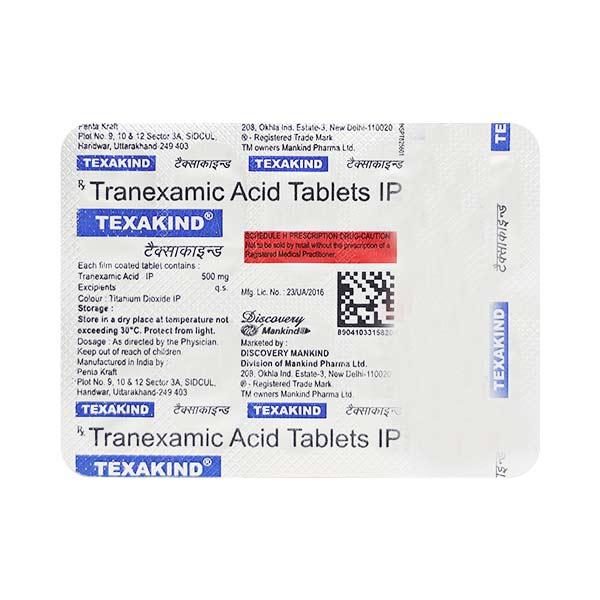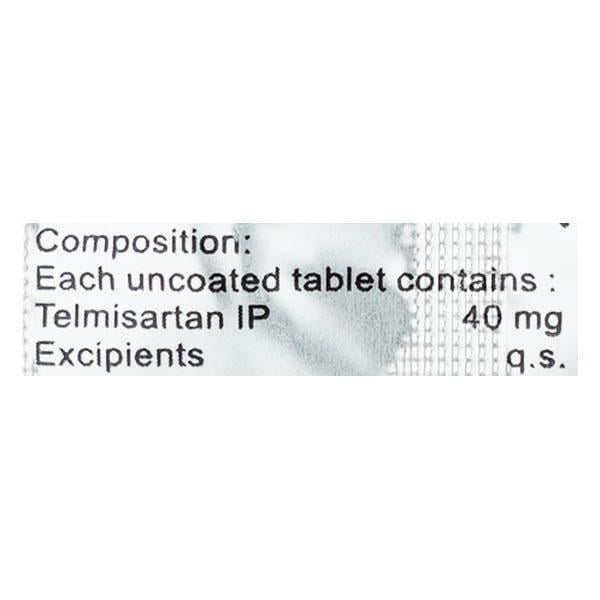Texakind Tablet 10'S
Texakind Tablet 10'S
Couldn't load pickup availability
TEXAKIND TABLET contains Tranexamic Acid which belongs to the group of medicines called Antifibrinolytics. It is used in the management of bleeding in conditions such as heavy menstrual bleeding in women, bleeding inside the digestive system (Ex. inflammatory bowel disease), bleeding from the nose, blood in urine (not caused by the kidney (renal parenchyma)), control bleeding after dental extraction in patients with coagulopathies and after cervix surgery.
TEXAKIND TABLET is not recommended for use in patients with blood clotting disorder or consumption coagulopathy, kidney disease, fits or seizure disorder, irregular menstrual cycle, acquired disturbances of color vision, venous or arterial thrombosis, active thromboembolic diseases such as deep vein thrombosis, pulmonary embolism and cerebral thrombosis, subarachnoid hemorrhage and blood in urine during periods.
Before taking TEXAKIND TABLET, inform your doctor if you had or have changes in normal bleeding pattern, family history of endometrial cancer, abnormal bleeding between periods, bleeding during or after sexual intercourse, premenstrual pain, lower abdominal pain, bleeding after menopause, are at risk of having a blood clot, diabetic, overweight, polycystic ovary syndrome (PCOS).
TEXAKIND TABLET should be used with caution in pregnant and breast-feeding women only if clearly advised by the doctor. Consult your doctor before taking TEXAKIND TABLET. Your doctor may recommend you to take relevant tests to understand your existing condition.
Safety and effectiveness of TEXAKIND TABLET in children and adolescents below 18 years of age has not been established yet and it is not recommended for use in elderly women after menopause (stoppage of periods).
The most common side effects of taking TEXAKIND TABLET are nausea, vomiting, diarrhea, headache, tiredness and stomach pain. Consult your doctor immediately if any of the side effect worsens.
Uses Of TEXAKIND TABLET
It is used to manage bleeding in conditions such as,
heavy menstrual bleeding in women
bleeding from the nose
bleeding inside the digestive system (gastrointestinal system, Ex. inflammatory bowel disease))
blood in urine (not caused by the kidney (renal parenchyma))
bleeding after undergoing surgery (such as dental extraction in patients with coagulopathies, cervix surgery)




